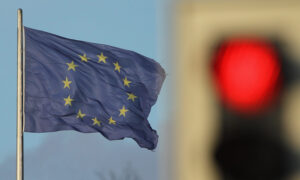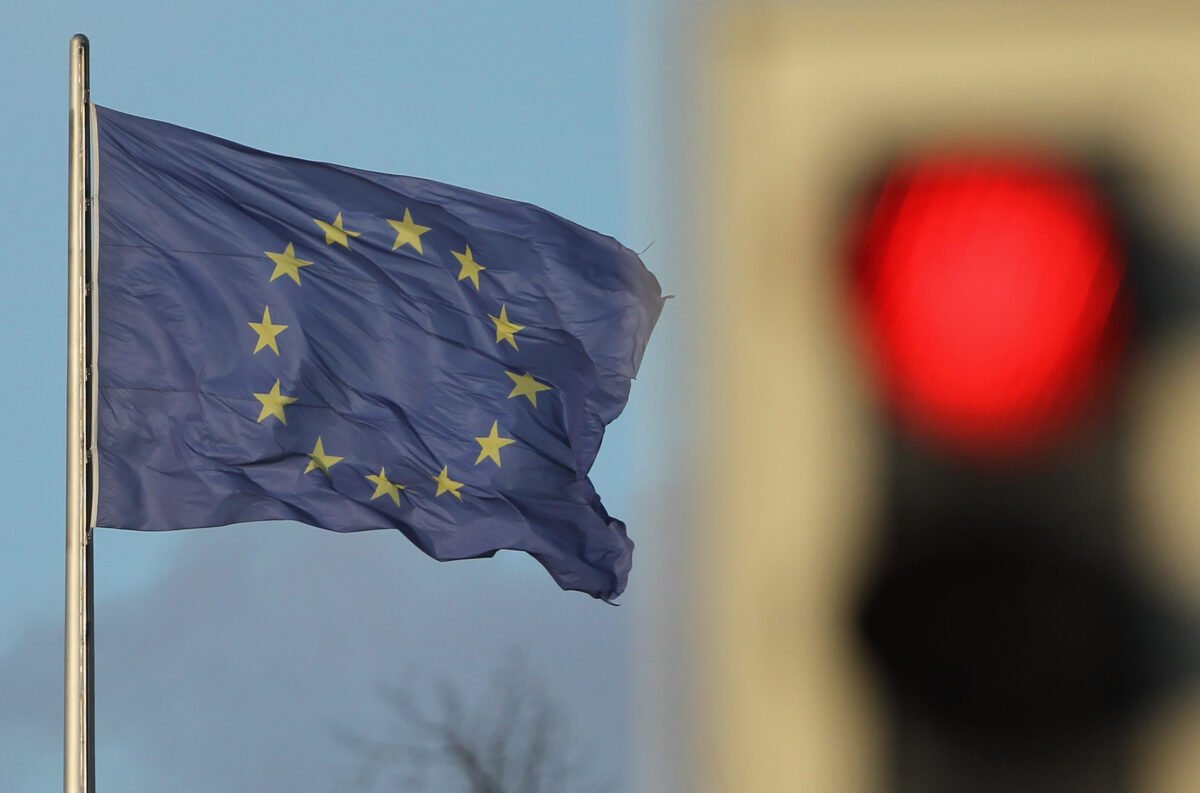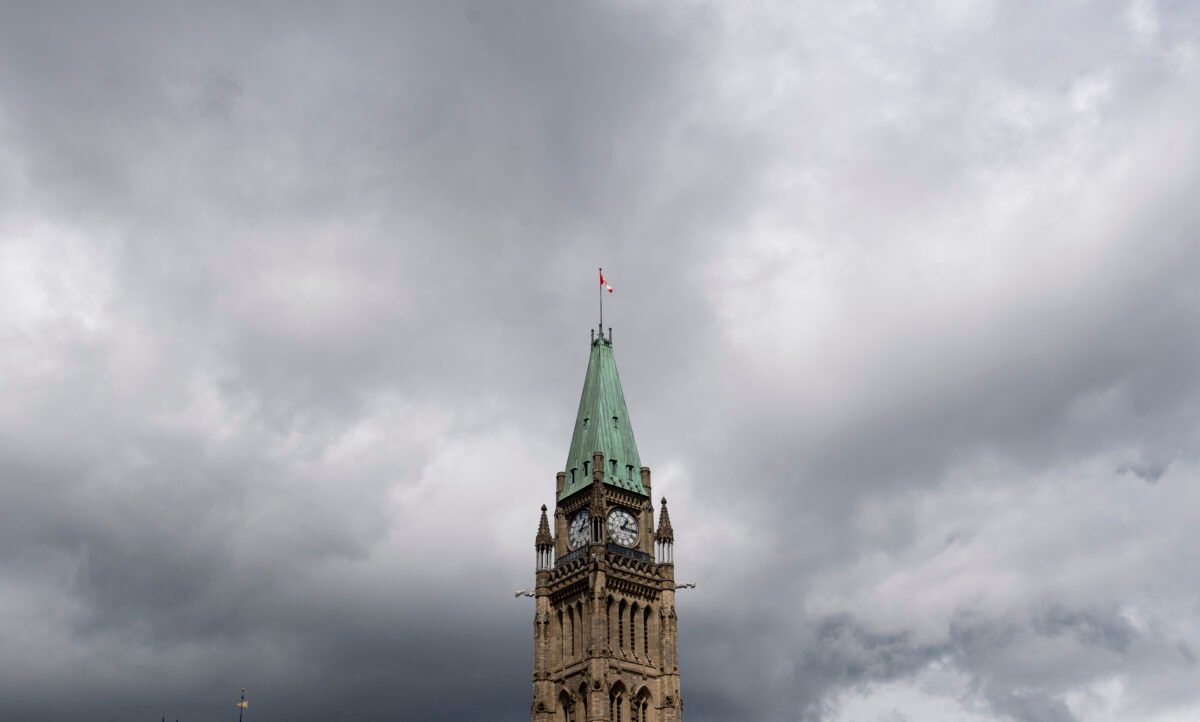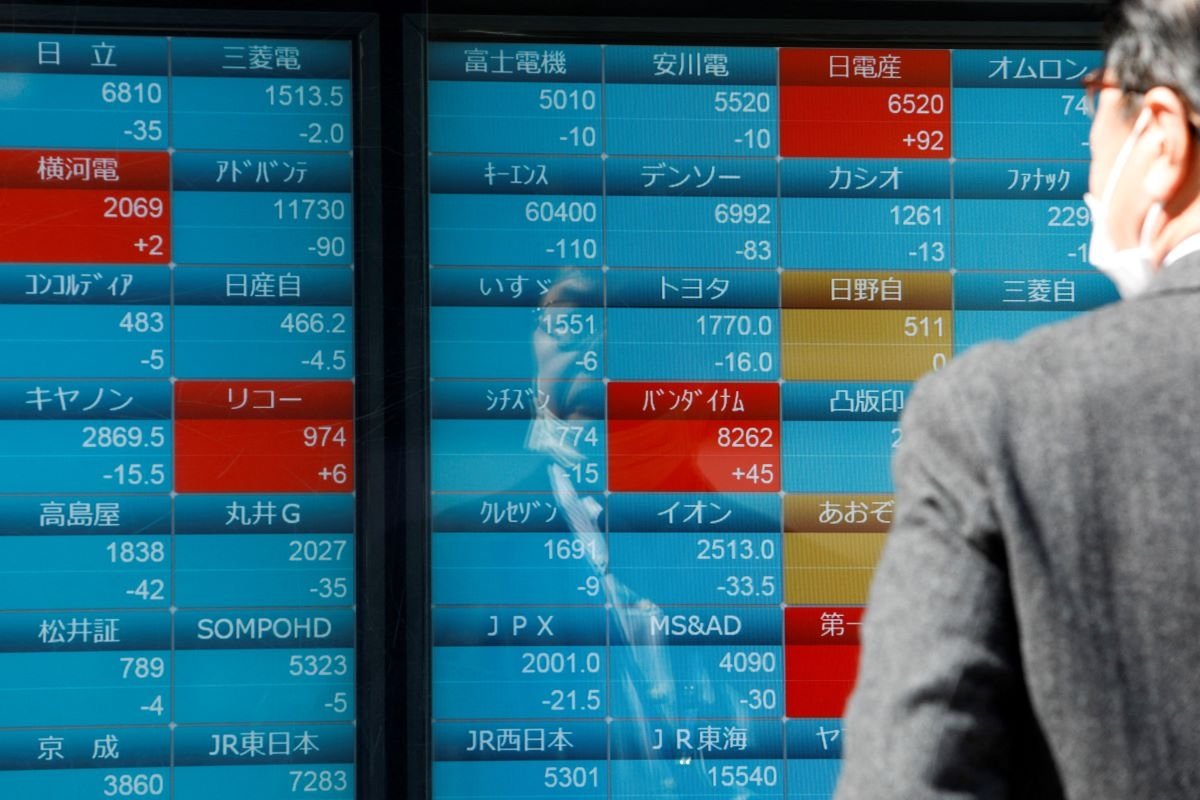20-Nation Eurozone Economy Falls Into Technical Recession

The 20-nation eurozone economy fell into a technical recession in the first three months of 2023, according to data from the European statistics agency Eurostat, published June 8.
Eurozone gross domestic product (GDP), seasonally adjusted, dropped by 0.1 percent in the first quarter compared with the fourth quarter of 2022, according to revised data.
In the fourth quarter of 2022, GDP had also decreased by 0.1 percent in the euro-area, the figures showed.
Flash estimates published by Eurostat in April had suggested growth of 0.1 percent in the eurozone and by 0.3 percent in the European Union (EU) in the first quarter, compared with the previous quarter, narrowly avoiding a recession.
Economists polled by Reuters had forecast on average respectively zero and 1.2 percent expansion.
Meanwhile, GDP increased by 0.1 percent across the whole of the EU after dropping by 0.2 percent in the fourth quarter of last year.
That means the eurozone endured two consecutive quarters of declining GDP, which meets the standard definition of a recession, as defined by the National Bureau of Economic Research (NBER).
Although some experts disagree, such as Bert Colijn, senior eurozone economist for ING bank.
“These declines are so minimal that current economic circumstances are better described as broad stagnation,” Colijn wrote in a note to clients Thursday while noting that the labor market is “so strong that it’s hard to argue that this is a recessionary environment.”
Eurozone Economy ‘Muddling Through’
“The stagnation of the economy does mark a clear cut from the recent post-pandemic boom, though,” Colijn wrote. “Overall, the eurozone economy is very much back to muddling through, as monetary policy starts to weigh more heavily on activity, post-pandemic spending fades and the energy crisis looms.”
The latest figures come as Europeans have been battling against soaring energy prices, which were already rising before Russia’s invasion of Ukraine, but subsequently soared after the EU unveiled plans to replace two-thirds of Russian gas imports by the end of 2022 in response to Russian president Vladimir Putin’s actions.
Food prices have also soared and are widely expected to remain high for the remainder of the year, while wages are struggling to keep up with the cost of living.
As a result, household final consumption expenditure decreased by 0.3 percent in both the euro-area and the EU during the first quarter of 2023, Eurostat data showed, leading to negative contributions to GDP growth in both.
Andrew Kenningham, chief Europe economist at Capital Economics, noted in a June 8 article that consumer spending had been “hit hard” by the combination of high inflation and rising interest rates, forcing households to tighten their budgets.
“Given that the impact of policy tightening is yet to fully feed through, we suspect that the economy will contract further over the rest of this year,” Kenningham said.
Ireland, Lithuania Drag Down Eurozone GDP
Overall, eight EU countries contracted in the first three months of the year, according to the data, with Ireland (-4.6 percent), Lithuania (-2.1 percent), and the Netherlands (-0.7 percent) recording the biggest declines.
Estonia, Malta, Hungary, Germany (Europe’s biggest economy), and Greece also reported economic contractions. Official data published in May showed that Germany had slipped into a recession after its GDP fell by 0.3 percent in the first quarter when adjusted for price and calendar effects, following a 0.5 percent contraction at the end of 2022.
In comparison, Poland recorded the highest increase of GDP compared to the previous quarter, up 3.8 percent, followed by Luxembourg (+2 percent) and Portugal (+1.6 percent).
The lackluster data come despite inflation falling across the 20 nations sharing the euro in recent months, easing to 6.1 percent in May from its peak of 10.6 percent in October 2022.
Many experts had believed that the European Central Bank could be looking at easing its hawkish interest-rate policy when it meets next week, after hiking its main policy rate by 0.25 percentage points, to 3.25 percent in May, in an effort to bring inflation back in line with its target of 2 percent.
However, Diego Iscaro, head of European economics at S&P Global Market Intelligence, said he believes this will not be the case, despite the latest data.
“We see rates rising by 25 basis points. However, the figures reinforce our view that while policy rates will rise further in the short term, they are nearing their peak,” Iscaro told The Guardian. “With the effect of higher interest rates still to be fully felt, we project economic activity to remain sluggish during the rest of 2023.”
The Associated Press contributed to this report.




